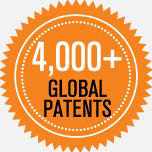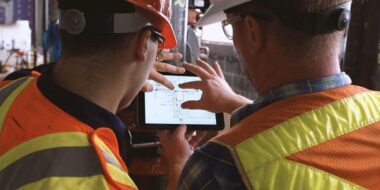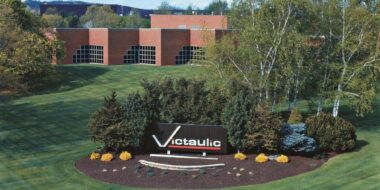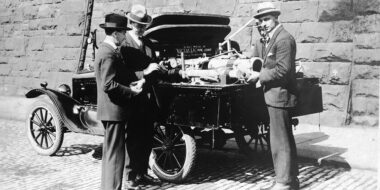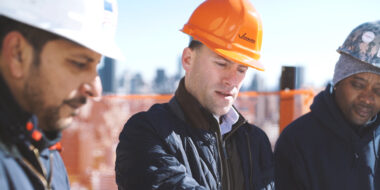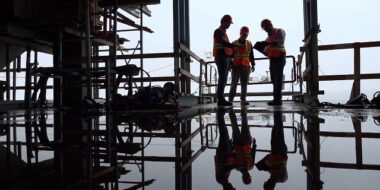Our Company
Victaulic is the global leader in mechanical pipe joining solutions, delivering advanced technologies and engineering services to address complex piping challenges faced by engineers, site owners and contractors. Since 1919, our innovative solutions have improved construction productivity and reduced risks, ensuring projects are completed safely, on time, and within budget. View More
Our sustainable solutions, made from high quality, graded scrap steel, promote circular construction by making piping systems infinitely reconfigured and minimizing environmental impact. Today, our high-quality products are used in more than 140 countries, supporting some of the world's most critical and prestigious structures.
Our Vision
Victaulic aims to bring innovative productivity, confidence, and sustainability to every build around the globe. We continually elevate standards, revolutionizing the design, installation, and maintenance of pipe joining solutions.
As we strive to shape a sustainable future, we remain committed to developing strong partnerships and driving progress across the construction industry. Engineered with confidence, our solutions put people to work faster while enhancing safety, maximizing efficiency, and advancing environmentally responsible project outcomes.
Our Story
What began as a military need has become an extraordinary solution for today's construction industry.
In 1919, Ernest Tribe and Dr. Henry Hele-Shaw filed the patent for what is now known as the Victaulic coupling. The concept was groundbreaking: joining pipes with bolted mechanical grooved couplings using a gasket seal - introduced the industry to an efficient, more economical way to assemble pipes quickly, safely, and over longer distances than ever before.
The company, originally known as The Victory Pipe Joint Company, was renamed Victaulic, combining the words "victory" and "hydraulic." Victaulic couplings were initially used for the rapid transport of water and fuel. By strategically broadening its focus, the company successfully entered new markets including mining, power generation, and commercial construction.
With more than a century of expertise, Victaulic stands as the leading innovator in pipe joining solutions, delivering project efficiency and enhancing constructability, while allowing for seamless integration of our solutions, software, and services at every stage in a project's life cycle.
Our engineering, research, product development and manufacturing are vertically integrated and controlled with precision, from beginning to end - resulting in the highest quality solution that is rugged enough to withstand the most physically demanding conditions.
We thrive on customer collaboration and continue to transform the industry with the most advanced engineering technologies and system solutions, making the impossible possible for our customers' unique construction challenges.
View Less

